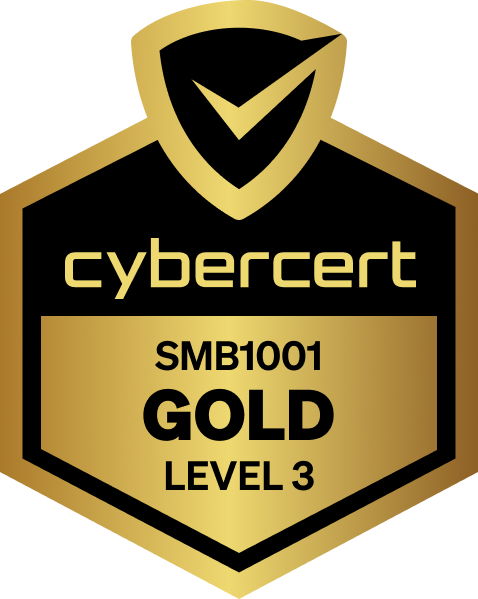
So, you’ve made the brilliant decision to use Colton Computer Technologies as your Managed Service Provider (MSP)! Excellent news. You will never have to think about or look at another IT-related task again, right?
Unfortunately, that isn’t the case. When you use an MSP, you are part of a shared responsibility model, which means that we take care of lots for you – but there are still housekeeping tasks you need to complete to protect your hardware and your business data.
Check out our blog for 11 tips from the Colton team to help keep you out of trouble.
1. Keep your computer console off the ground
Popping your computer console on your desk or a filing cabinet will minimise the risk of damage from natural disasters like minor flooding. It also stops its fans from sucking in dust, especially on carpet floors.
2. Clean up your cables
Organised cables prevent trip hazards and make troubleshooting, replacements and repairs easier and more efficient. Keeping your cables short can also assist.
3. Know where your company data is stored and where it should be stored
Lots of companies have these fancy backup solutions for their servers or online systems like SharePoint and OneDrive, but then store stuff on some other platform (Dropbox, Google Drive, or on the computer itself) and are upset when the data goes missing. It’s also essential to keep separate business and personal data for cybersecurity and compliance purposes. Plus, it ensures you don’t lose your personal data if you move on from the company.
4. Have a secure system to store the company’s essential login details
Having control over login details for all systems relating to the company can save a lot of time and money – losing that random Telstra login you needed for that one thing can end up needing an 8-hour Telstra call to resolve. (Yay for LastPass! It doesn’t mean you can abandon two-factor authentication or start using shared accounts for each system – it is still best practice to have Duo and unique accounts).
5. Know who is responsible for what task or technology
There is no sense paying a third party to fix your computer when we have you covered under a Managed Services agreement or paying CCT to repair your printer when you have a managed print service. Understanding the roles and responsibilities for each aspect of IT will save you time as well as money. It means that if someone says, “you’ll have to speak to your XYZ provider for that,” you can pick up the phone and call that provider immediately. Since you will have your account and reference numbers recorded and readily accessible (see point 4 – LastPass saves the day again!), you can ensure the request is completed as soon as possible.
6. Familiarise yourself with the process of connecting a mobile hotspot to your PC or mac
Knowing how to set up a quick mobile hotspot can be invaluable if the internet goes down for whatever reason. It gives you internet access to continue working while allowing CCT to access your computer, local network, and modems/servers so we can fix it!
7. Create a cyber-safe culture
We mentioned a shared responsibility model earlier. This point is crucial when it comes to cybersecurity because it is EVERYONE’S responsibility. The leadership team needs to embed a culture of security awareness; the team needs to be vigilant for dodgy-looking links or emails. The company needs regular training and a solid process to deal with potential cyber breaches. This approach is the only way to keep your crucial and confidential company data and that of your customers safe.
8. Uninstalling unwanted apps, deleting redundant files, backing up old files
While CCT handles many things, including your Microsoft 365 software, workstation patching, and antivirus under your managed service contract, keeping on top of things like line-of-business apps (such as MYOB, Medical Director, Salesforce, and so many more) still falls under your responsibility. CCT can usually help you with these things, but at the end of the day it remains your responsibility.
9. Factor in computer and mobile device replacements
While you can replace a computer’s disk drives, memory and power supply, it is better to replace the entire device if the warranty has expired. Mobile devices typically include components soldered to the mainboard and sealed within the unit, making them difficult to replace. If the device isn’t covered under warranty, replacing the entire unit is generally more cost-effective.
10. Watch out for heating or electrical issues
Are your computers noisy and slow? That is often a sign of a problem with your PC’s cooling system. Electric shocks when you touch the computer or static distortions on screen? You most likely have an electrical issue. Call a specialist right away.
11. Keep us updated on staff changes
We generally get an update when a new person starts so we can set up their computer. However, what about when someone leaves the business? Say Fred resigns in May, and no one lets us know. We won’t cancel his access, so he could log in to the system in 3 months and delete everything. Or maybe Fred is a nice guy, but the business owner gets his account statement in a year and realises he has been paying for an extra managed service user he didn’t need.
We hope that this was a helpful list! So, who is ready for some spring (or winter) cleaning?

